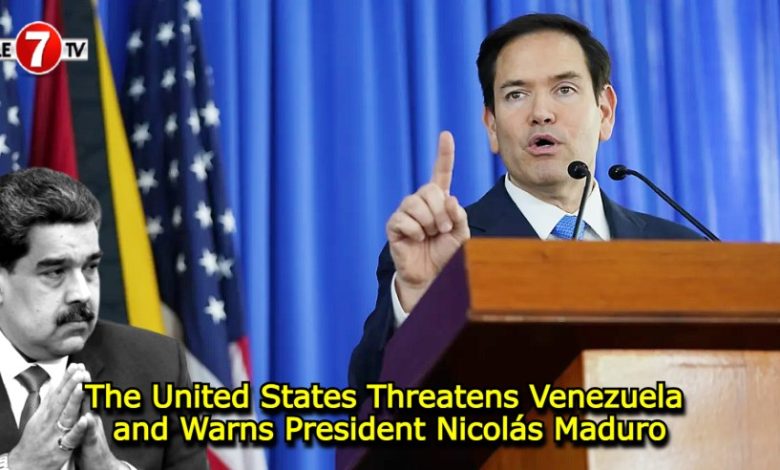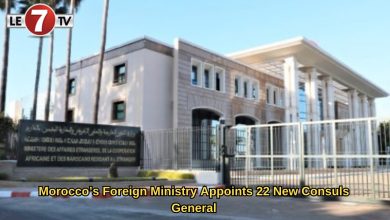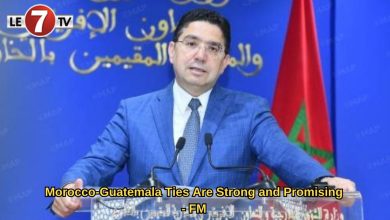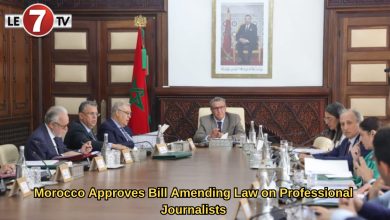The United States Threatens Venezuela and Warns President Nicolás Maduro

The territorial dispute over the Essequibo region, rich in hydrocarbons, has reignited tensions between Washington and Caracas. On Thursday, March 27, 2025, Venezuelan President Nicolás Maduro harshly criticized U.S. Secretary of State Marco Rubio after the latter warned against any Venezuelan attempt to encroach upon this territory claimed by Guyana.
Strong U.S. Support for Guyana
During his visit to Georgetown, the capital of Guyana, Marco Rubio reaffirmed U.S. support for this small oil-producing nation in the face of Venezuelan ambitions. “If Venezuelan forces were to attack Guyana or threaten ExxonMobil’s operations, it would be a grave mistake that would end very badly for them,” he declared during a press conference. Emphasizing the strength of the U.S. Navy, he warned Caracas of the “disastrous consequences” that any act of aggression could bring.
Guyana, which possesses significant hydrocarbon reserves, is on the verge of becoming one of the world’s top oil producers per capita. However, this wealth has fueled Venezuela’s claims over the Essequibo, a 160,000-square-kilometer territory that represents more than two-thirds of Guyana’s land area.
Maduro’s Harsh Response
In response to Rubio’s statements, Venezuelan President Nicolás Maduro did not hesitate to retaliate. In a televised address, he lambasted the American official, calling him a “fool” and asserting that “no one threatens Venezuela.” Maduro also attacked Rubio’s reputation, describing him as a “corrupt member of Miami’s elite, deeply hostile to Venezuela.”
His Defense Minister, Vladimir Padrino Lopez, reinforced this stance, warning that the Venezuelan military “will not tolerate threats from a foreign government” and that it would respond “firmly and decisively to any provocation.”
Strengthening Ties Between Washington and Georgetown
As part of this diplomatic visit, Marco Rubio signed a memorandum of understanding with Guyana, formalizing increased security cooperation. Washington is now considering establishing a military presence in the country, similar to its deployment in the wealthy oil monarchies of the Gulf.
Guyanese President Irfaan Ali welcomed this U.S. support, stating he was “very happy” to see the United States guarantee Guyana’s territorial integrity and sovereignty in the face of Venezuelan claims.
Venezuela’s Persistent Claim
Caracas maintains that the Essequibo belongs to Venezuela and bases its claim on the Geneva Agreement signed in 1966, before Guyana’s independence. Venezuela argues that the Essequibo River should serve as the natural border, in line with the 1777 demarcation, whereas Guyana asserts that the current border was established in 1899 by an arbitration court in Paris. The Guyanese government has taken the case to the International Court of Justice to confirm this boundary.
In 2023, Maduro organized a referendum on the integration of Essequibo into Venezuela. Then, in 2024, Caracas passed a law declaring the territory the country’s “24th state.” A Venezuelan governor is even expected to be elected in this region during the upcoming regional elections in May.
Oil: A Source of Regional Tensions
While ExxonMobil plans to extract up to 1.3 million barrels per day in Guyana by the end of the decade, the majority of the country’s 800,000 inhabitants continue to live in poverty. The exploitation of these energy resources remains a strategic issue, not only for Georgetown but also for global powers.
As part of his Caribbean tour, Marco Rubio also visited Suriname, another South American nation where oil production is increasing. There, he addressed the issue of tariffs on Chinese-made ships—a sensitive topic raising concerns across the Caribbean due to its potential impact on regional inflation.
This escalating tension between the United States and Venezuela highlights the growing geopolitical stakes surrounding South America’s oil reserves, as major global rivalries continue to intensify.
La Rédaction / Le7tv








